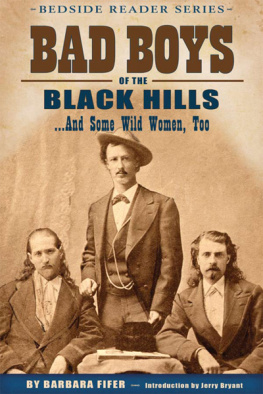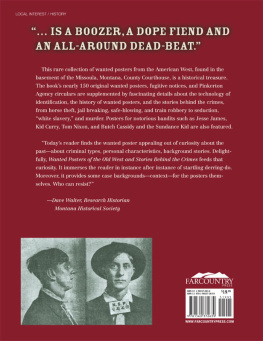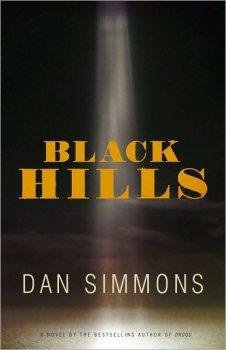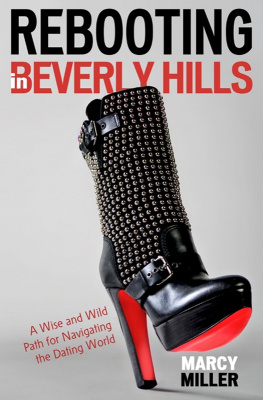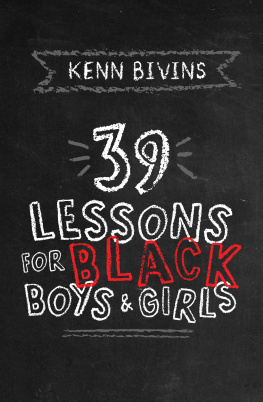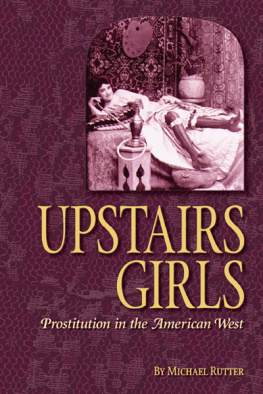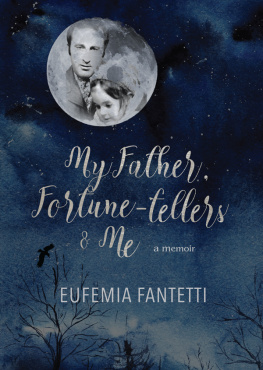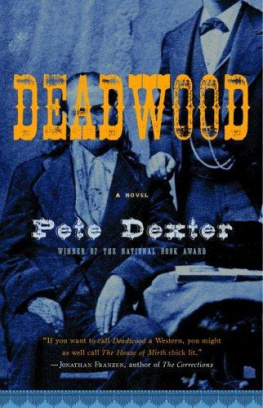
ACKNOWLEDGMENTS
Besides the authors whose works I studied, I am very grateful to Jerry Bryant, research curator and archaeologist of Adams Museum in Deadwood, South Dakota, for catching where my research and understanding failed and for sharing his enthusiastic interest in this place during its most flamboyant era; to Gerry Robinson, for help with Northern Cheyenne history; to Caroline Patterson and John Thomas for sharp but thoughtful editing; and to Shirley Machonis for entering into the spirit of nineteenth-century book design.
For a print copy of this book, visit www.farcountrypress.com
Cover: From left to right, James Butler Wild Bill Hickok, John B. Texas Jack Omohundro, and William F. Buffalo Bill Cody. MCCRACKEN RESEARCH LIBRARY , BUFFALO BILL HISTORICAL CENTER P . 69.2179 .
Back cover: Deadwood in 1877, a year after its founding. NEBRASKA STATE HISTORICAL SOCIETY RG 2573 PH .
print ISBN 13: 978-1-56037-435-0
epub ISBN: 978-1-56037-548-7
mobi ISBN: 978-1-56037-549-4
2008 by Farcountry Press
Text 2008 by Barbara Fifer
All rights reserved. This book may not be reproduced in whole or in part by any means (with the exception of short quotes for the purpose of review) without the permission of the publisher.
For more information on our books, write Farcountry Press, P.O. Box 5630, Helena, MT 59604; call (800) 821-3874; or visit www.farcountrypress.com.
Part of the Bedside Reader series, which includes:
Bad Boys of the Black HillsAnd Some Wild Women, Too
By Barbara Fifer
Upstairs Girls: Prostitution in the American West
By Michael Rutter
Wanted: Wanted Posters of the Old West
By Barbara Fifer and Martin J. Kidston
Bedside Book of Bad Girls: Outlaw Women of the Midwest
By Chris Enss
Bedside Book of Bad Girls: Outlaw Women of the American West
By Michael Rutter
For Tomala and Judy, my Albany cousins,
with thanks for their friendship and love
But lust for gold all conscience kills in man,
Gold in the Black Hills, gold! the cry arose and ra n
From lip to lip, as flames from tree to tre e
Leap till the forest is one fiery sea ,
And through the country surged that hot unres t
Which thirst for riches wakens in the breast .
E LLA W HEELER W ILCOX , FROM C USTER

PREFACE
H istory doesnt provide very much solid information on many of the Black Hills bad boys and wild women who continue to fascinate us. Few left photographs, some had only their nicknames recorded while others left a string of aliases, and the sole outstanding (usually hor rific) event of their lives was recorded only in newspaper accounts or the memoirs of others.
Some people described here are among the most famous figures of the Wild West, but their biographies became entangled in myths, includ ing tales they themselves created, even while they were living.
Usually the gold rush stories focus solely on outlaws, or lawmen, or shady women, or respectable ladies in a single volume. I wanted to bring them all together, as they existed in the small towns of Deadwood and its satellites in Dakota Territory, and along the territorys lifeline to Cheyenne, Wyoming. Here you will find upstanding lawmen who were willing, even eager, to break the law when they believed that it served justice; gunmen who were good with their weapons, and some who were not so; robbers who did everything wrong and others whose gangs func tioned like well-oiled machines; women who made their livings beyond the pale of respectability but not in the bawdy houses; and women who coped with rough frontier living while adhering to Victorian mores.
Working within time and budget constraints, Ive turned to the works of western historians, regional historians, cultural history specialists, and some memoirs of Deadwood residents. Ive also looked a bit into what people did to enjoy their ill-gotten gains, or to make a new life that emu lated part of that left behind. With deep gratitude to those whose works I read, I recommend that interested readers turn to the bibliography to learn more. And I hope I havent created new errors of interpretation during this fascinating process.
Barbara Fifer
INTRODUCTION
BY JERRY BRYANT
Adams Museum and House, Black Hills, South Dakota
I n this volume, Barbara Fifer dares to venture away from the common mold used to study history. Although she pays tribute to all the stan dard legends and characters, such as Wild Bill Hickok and Calamity Jane, she quickly moves on to examine lesser-known characters who contributed to the rich and storied heritage of the Black Hills. The book is aptly titled Bad Boys of the Black HillsAnd Some Wild Women, Too ; a good examination of the areas history will show you that those individ ual are the grist that made the mill turn in early Black Hills settlements.
It is nothing short of astounding that Deadwood, a small min ing camp clinging to the edges of a narrow gulch in Dakota Territory, achieved the acclaim it acquired in the final twenty-four years of the nineteenth century. Much of its fame was based on two social engines: economics and transportation. From an economic standpoint, there had to be enough gold in the Black Hills to support any number of gamblers, dance hall girls, prostitutes, cutthroats, road agents, and general despera does. Without the merchants, whores, and whoremongers and the rev enue they generated, all the businesses would have folded after the first major stagecoach robbery. Most importantly, their customers would have moved on to the next El Dorado. This economic activity was especially important because Deadwood did not continue as a mining center after the placer gold ran out. The centers for hard rock and quartz mining were everywhere in the Black Hills but Deadwood.
Instead, the mining camp served as the terminus for all incoming goods. Deadwood was the end of the line for all bull trains, mule trains, and railroad freight. It was a place where everyone had to get off the busa sailor town in the dead center of America. And many of the folks who lived in Deadwood found themselves there precisely because it was the end of the line.

Gamblers and fortune tellers, telegraphers and has-been lawyers, steamboat captains and poets all coexisted in Deadwood. There, they became the planners, financiers, railroad builders, and practical dreamers. In the Black Hills, Deadwood had the first telegraph, the first telephones, and some of the earliest electric streetlights. But Deadwood also had Al Swearingen and the Gem Theatre, Frenchy the Bottle Fiend, Madame Bulldog, Madame Moustache, Madame Molly Johnston, and Samuel Fieldswhose fear of being lynched made him run and hide at the jail any time mischief was afoot. It is to these characters that Fifer pays the greatest tribute.
Considering the actual size of the Black Hills, which is only about 1.2 million acres, one cannot help but be amazed by the volumes of histori cal, fictional, and scientific literature that have been written about the area. Who would have known this small mountain range in the midst of the North American plains would have such an impact on America and on the world as a whole? Prior to the HBO series Deadwood , you would have been hard-pressed to find a European adult who had heard of Sol Star or Dan Dougherty, while just about every person in the modern world knew of Wild Bill Hickok and Calamity Jane. But because of this series, those names and othersincluding Seth Bullock, Preacher Smith, and Al Swearingenare being discussed in the Americas, Europe, and even in the Far East.
Next page
